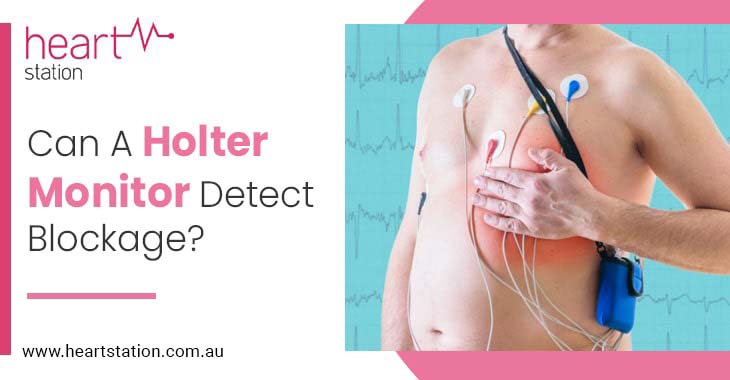The Holter Monitor is one of the instruments used to keep tabs on heart health. But can a Holter monitor find blockages in the blood arteries of the heart? Well that can be a topic of discussion as many people want to know the answer.
Before getting into that point, it’s worth mentioning that you must take the Best Holter Monitor Test to get the best results. If you are looking for a Holter Monitor Test Near Me in Australia, contact Heart Station.
Let’s get into the points:-
- Understanding Holter Monitors
- Detecting Heart Blockages
- Holter Monitors in Detecting Symptoms
- Diagnosing Blockages
Understanding Holter Monitors:
Let’s first define a Holter monitor and examine its operation before moving on to the detection of blockages. A portable device called a Holter monitor captures the heart’s electrical activity over a 24- to 48-hour period, or even longer in rare situations. It consists of electrodes attached to the monitor and put on the chest. The device captures the heart’s beat and transmits it for analysis to a computer.
Detecting Heart Blockages:
A Holter Monitor primarily captures the heart’s electrical activity, making it capable of picking up irregular heartbeats or arrhythmias. Although Holter monitors are great for detecting arrhythmias, they and are not the perfect test to detect blockages in the blood arteries of the heart.
However, blockages in the coronary arteries can indirectly impact the heart’s electrical activity. Blood flow to the heart muscle decreases when a coronary artery (caused by atherosclerosis) narrows or obstructs. Angina (chest pain) and, in severe circumstances, a heart attack (myocardial infarction) may result from this decreased blood flow.
Holter Monitors in Detecting Symptoms:
Holter monitors can be quite helpful in identifying symptoms of coronary artery disease, which is can causes due to blockages. These signs consist of:
Chest Pain: Holter monitors can record any angina, a type of chest pain. Healthcare professionals can determine if these episodes are caused by irregular cardiac rhythms or reduced blood flow from blockages using the data gathered during these events.
Arrhythmias: Although not directly associated with blockages, arrhythmias can be a sign of CAD. Holter Monitor can detect Arrhythmias, which may lead to additional testing to look into their underlying causes, such as blockages.
Changes in Heart Rate: Significant blockages can hamper the ability of the heart to keep a constant heart rate. The heart rate can fluctuate, indicating the blood supply to the heart muscle is disturbed. Holter monitors can detect these variations.
Diagnosing Blockages:
A Holter monitor can be extremely helpful in recognising the signs and irregularities connected with CAD, even though it cannot be used to diagnose coronary artery blockages alone. Your doctor could offer additional diagnostic testing, such as: if a Holter monitor records anomalies or symptoms that point to CAD.
Electrocardiogram:
The electrocardiogram, often known as an ECG or EKG, is a testing procedure that captures the electrical activity of our heart at a single moment in time. By detecting changes in the heart’s rhythm, it can assist in indirectly identifying blockages.
Stress Tests:
Exercise and nuclear stress tests are two types of stress tests that experts use to evaluate how the heart responds to stress and reveal important details regarding blood flow to the heart muscle.
Cardiac catheterization:
To directly see and evaluate blockages, experts injects a contrast dye into the coronary arteries during this invasive technique.
Final Words
A Holter Monitor is a useful tool for monitoring heart health and seeing signs that could indicate coronary artery disease even though it does not intend to immediately detect blockages in the blood arteries of the heart. If you are looking for a Holter Monitor Test Near Me in Australia, contact Heart Station for the Best Holter Monitor Test.

